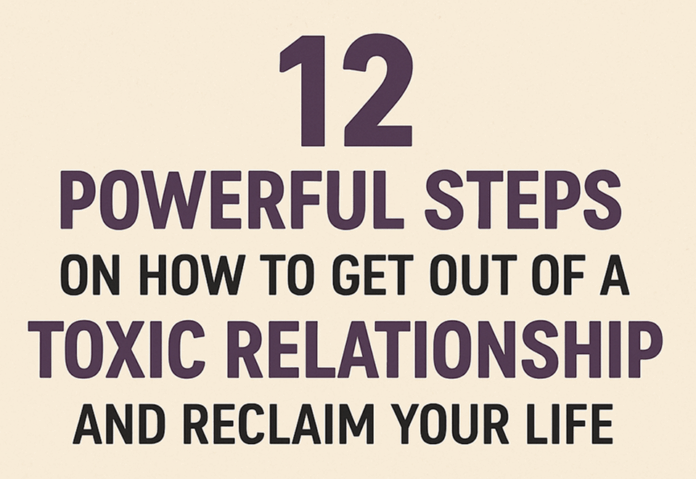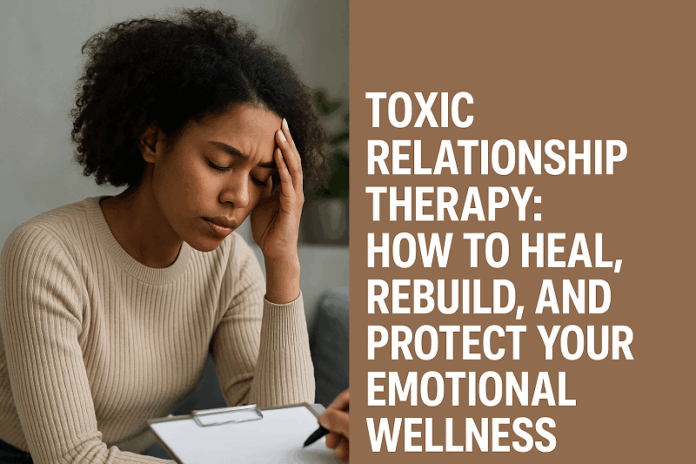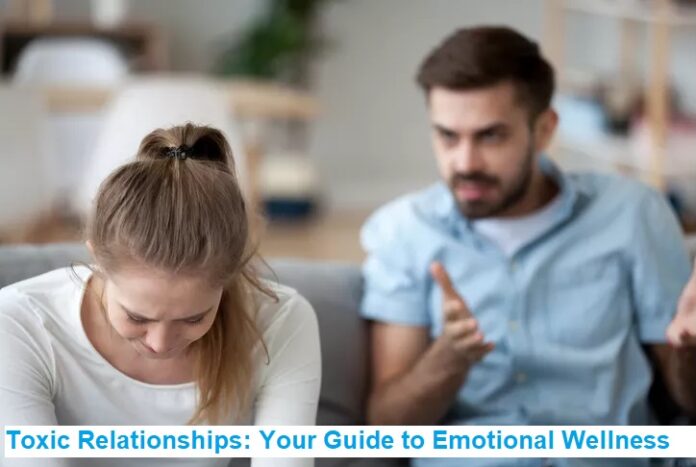Here’s a bold truth: you don’t have to “hack” dating to succeed. What you need is clarity, consistency, presence — and a few well-chosen strategies that help you show up as your best, real self.
Imagine this scene: you’re on a first date. The conversation dips. You feel awkward. You wonder: Did I text too soon? Am I being boring? Should I pay for dinner?
These moments are the make-or-break beats of early dating. What you do — or don’t do — often matters more than what you say. That’s why this article is your go-to compass:
51 actionable dating tips for men grounded in psychology, seasoned with social nuance, and adaptable to any culture or context.
Whether you’re in New York, Lagos, Mumbai, or Stockholm — these tips are evergreen, rooted in human connection, not trends. Let’s get into it.
Q1: Should men always initiate first?
A: Not always. It’s fine to initiate if you sense mutual interest. But if someone desires equality in approach, let that unfold. The goal is reciprocity, not obligation.
Q2: How do I recover after being ghosted?
A: Allow yourself disappointment. Reflect (without rumination) on patterns. Re-center your worth outside outcomes. Then re-enter the dating field from curiosity, not fear.
Q3: What’s a healthy pace for sharing personal stories?
A: Start light: passions, work, travel. As trust builds, share more emotional content. Use reciprocity — when they open, you open.
Q4: How do I balance confidence and humility?
A: Confidence is acting in integrity even under fear. Humility is admitting when wrong, staying curious, listening. Combine both.
Q5: When should I walk away?
A: If someone continually disrespects your boundaries, is inconsistent, avoids vulnerability, or fails to invest reciprocally — early exit often saves heart and energy.
Why “Dating Tips for Men” Still Matter
In our modern era, gender expectations, technology, and social norms are evolving rapidly. What “works” in dating keeps shifting. Yet the fundamentals of trust, emotional intelligence, respect, and authenticity remain constant.
Offering dating tips for men is not about giving a pre-set formula. It’s about helping you:
- Understand what quality connection requires
- Avoid common pitfalls and blind spots
- Cultivate confidence without arrogance
- Navigate modern challenges like ghosting, apps, boundaries
Resources like The Book of Man discuss how men today are under new scrutiny to act with respect and thoughtfulness.
Similarly, advice from mainstream outlets like The Telegraph emphasize putting yourself out there, staying genuine, and not overthinking your approach.
Let’s build a framework first, then walk through the tips.
The Psychological Foundations of Good Dating
Before we get tactical, understanding these psychological layers will make your actions more intentional.
1. Attachment Styles & Their Impact
Attachment theory (secure, anxious, avoidant, disorganized) isn’t just “for therapy.” It informs how you approach intimacy, conflict, and emotional safety. If you recognize your style, you’ll avoid overreacting to triggers and can better read partner dynamics.
2. Identity & Self-Worth
Too many men subtly hinge their value on being liked, pursued, or admired. But if your worth depends on external validation, you’ll either people-please or burnout.
Your best dating move is anchoring in self-worth first.
3. Abundance Mindset vs. Scarcity Mindset
If you think “this is my only shot,” you’ll lean into desperation, clinginess, or poor boundary choices. Shift to believing there are many possible connections — and you get to choose. That perspective frees you to wait for reciprocity, not settle too soon.
4. The Self-Fulfilling Loop
Your expectations influence your behavior. If you go into the date thinking “I’ll mess it up,” your tone, body language, or nervousness might betray it — creating a loop you fear. When you quietly assume you can connect, your presence aligns to support it.
Being able to name what you feel — disappointment, hope, irritation — allows you to operate less from reactive pain.
Emotional clarity helps you set boundaries, communicate needs, and avoid misreading situations.
Being able to name what you feel — disappointment, hope, irritation — allows you to operate less from reactive pain. Emotional clarity helps you set boundaries, communicate needs, and avoid misreading situations.
51 Dating Tips for Men (Organized by Stage & Theme)
Here’s the meat of the guide. Use these as experiments, not rigid rules.
I break them into phases (Before, Initiating, On the Date, After) and themes (mindset, communication, boundaries, momentum).

A. Before You Enter the Dating Arena
- Define What You Want & Don’t Want
Sit quietly and list your values, dealbreakers, and non-negotiables (e.g. integrity, emotional availability, shared goals). Knowing this filters your energy. - Work on Your Zones of Control
You can’t control how someone responds, but you can control your grooming, mindset, empathy, conversation prep, punctuality. - Build a Life That’s Magnetic
Interests, fitness, creative projects, community — these make you attractive not by performance, but by having something beyond dating to bring. - Practice Low-Stakes Interaction
Chat with strangers in coffee shops, on transit, at events. You’ll build conversational confidence without pressure. - Read Widely (Psychology, Nonfiction, Storytelling)
The more you understand human nature, the more nuanced your judgments will be (and less reactive).
For example, the book Models: Attract Women Through Honesty is frequently recommended for its integrity-based approach. Goodreads - Strengthen Emotional Resilience
Develop a ritual for letting go — journaling, taking walks, talking with a friend — so that rejection doesn’t derail your center. - Detect Your Blind Spots
Ask a trusted friend: “Where do I tend to overdo, under-communicate, or misread signals?” Self-awareness is power. - Manage Social Proof, Not Obsession
Having some social rhythm (friends, side projects) shows that you’re not fixated on dating. It subtly signals you already have a life. - Don’t Enter Dates Needy
If you go into a date hoping it must work — desperation leaks through. Go in curious, open, and with mild expectations. - Hold Yourself to a Standard of Respect
Before your date even begins — let respect guide your choices (venue, time, communication). Don’t start by compromising on your boundaries.
B. Initiating & Making First Moves
- Lead With Permission, Not Presumption
Before initiating intimacy (touch, hand on shoulder, etc.), pay attention to comfort, cues, and ask when appropriate. - Send Thoughtful, Not Generic Initiations
Instead of “What’s up?” send something engaging: “I passed by that coffee shop you mentioned — thought of you.” - Use Micro-Stories in Your Messages
“On my run today I saw a dog in shades and thought, ‘I’ve seen cooler guys’” — playful, human, memorable. - Mirror Energy — Respectfully
If she texts twice a day, you match. If she likes slower pace, slow down. Don’t over-adapt — but don’t blunt-force your style either. - Be Proactive, Not Pushy
If you sense connection, suggest a meeting. If she seems hesitant, give space. Asking “Do you want to do X this week?” is clearer than vague hints. - Compliment with Depth
Go beyond appearance. “I love your enthusiasm about your work — it’s contagious” means more than “You’re hot.” - Don’t Be a Ghost Puppet
Being too mysterious can ring hollow. Let some windows in — but don’t overshare too early either. - Offer Choices, Not Pressure
“Would you prefer drinks Thursday or Saturday?” gives agency, not anxiety. - Open With a Value-Based Question or Observation
“What’s one belief you’d argue with an old friend about?” > “So, what do you like to do?” because it sparks deeper connection. - Catch the Micro-Investments
Notice small signs: they respond quickly, ask questions, laugh, avoid their phone. When you see that, reciprocate.
C. On the Date (In-Person Stage)
- Mind the First Moments (Greeting & Body Language)
Warm but relaxed hug/handshake, eye contact, steady posture. First 10 seconds set the tone. - Be Present — Phone in Your Pocket
Checking your phone signals boredom. Stay engaged, even in silence. - Ask More, Talk Less at First
Ask open-ended “why” or “how” questions. Listen. Resist trying too hard to prove yourself. - Share Vulnerably, But Strategically
Moments of slight vulnerability (a short story of growth) build trust. But guard deep trauma early. - Balance Humor & Depth
Laughter loosens tension; meaningful moments build gravity. Use both thoughtfully. - Match Their Pace of Disclosure
If they open about family or passions, you can share similarly. But if they stay light, keep yours lighter. - Use Touch Sparingly & Respect Boundaries
Gentle touches on hand, arm, shoulder — if welcome. Always watch cues. Don’t rush. - Pause & Check In
“Is this pace comfortable for you?” or “Are you okay?” can be small but powerful moments of consent awareness. - Avoid Overanalyzing Mid-Date
Don’t mentally replay every glance. Just stay in the moment — you’re allowed to breathe. - Signal Interest, Don’t Demand It
“I’d like to see you again” is fine. “Why won’t you commit?” is premature. Let curiosity meet reciprocity.
D. After the Date / Ongoing Momentum
- Debrief with Yourself, Not Friends Immediately
Wait a few hours before analyzing. Your gut, calm mind, and clarity matter more than reactive chatter. - Send a Gratitude Message (When Genuine)
A simple “I had a good time — thanks for tonight” is classy. Not overly effusive. - Let Momentum Build — Don’t Force It
Give space for messaging, planning, dreaming. Let it feel like two people choosing each other, not chasing. - Pay Attention to Patterns
If someone consistently fails to follow through, breaks promises, or is inconsistent — that’s not a “quirk,” it’s data. - Don’t Cling to Outcomes
You can want something (relationship) without locking into the idea that this person must become it. That flexibility avoids resentment. - Escalate Thoughtfully
Emotional or physical closeness should expand gradually. If a boundary is pulled, pause and check in. - Protect Your Autonomy
Keep your routines, hobbies, friendships. Let dating integrate into life, not consume it. - Speak Up Early When Boundaries Are Crossed
Silence lets slights fester. A calm “That made me uncomfortable” early shows maturity. - Be Ready to Walk Away — Gracefully
If compatibility or respect don’t align over time, ending early can preserve dignity and energy. - Reassess Your Criteria Regularly
After a few months, ask: Is this person growing with me? Respecting me? Nervous energy or secure comfort?
E. Mindsets & Internal Shifts
- Embrace Failure as Data, Not Judgment
Every awkward date, ghost, or mismatch teaches you something. You’re refining your radar. - Keep Your Heart Soft, But Your Standards Sharp
Don’t harden yourself. Love generously. But know what you will and won’t accept. - Resist Scripts & Tropes
You don’t need to be “alpha” or “cool” — just consistent, kind, and steady. - Anchor in Self-Compassion
You will stumble, say the wrong thing, misread cues. That’s human. Forgive, learn, move forward. - Celebrate Progress, Not Just Wins
Each outreach, each boundary protected, each honest conversation — count them as wins. - Stay Curious with Your Dating Partner
Over time people change. Ask, “What’s evolving for you lately?” but don’t interrogate. - Balance Optimism with Discernment
Hope that connection can happen, but don’t override red flags with wishful thinking. - Use Social Support Wisely
Friends can cheer you on — but don’t outsource your decision-making. Their biases may differ from your needs. - Manage Imposter Syndrome in Dating
Sometimes you’ll feel unworthy or “less than.” Catch that thought, re-anchor: your value is intrinsic. - Lean Into Why You Do This
You’re not trying to “get someone.” You’re trying to share life with someone resonant. Let that motive guide choices. - Renew Your Energy Between Dating Seasons
After intense dating phases, take a break. Refill your emotional, mental, and identity reserves. Approach next season from fullness, not depletion.
Real-Life Anecdotes & Scenarios
Scenario: The Over-Eager Planner
Marcus texted nonstop after a promising first date. He asked for three follow-up plans immediately. She felt smothered and backed off.
Later, he scaled back: he waited a day, sent a light “I had a good time” message, then proposed one idea. She responded better.
Lesson: spacing, patience, and intention beat force.
Scenario: The Late Arrival & No Apology
David showed up 20 minutes late without notice. He tried to “play it cool.” She felt dismissed.
The next time, he left early, texted “Running ~15 min late — sorry, see you soon” — and she appreciated the respect.
Lesson: small courtesies reveal character, not perfection.
Research & Expert Wisdom
- The Book of Man emphasizes that modern men must navigate new standards of respect, consent, and equality in dating relationships.
- The Telegraph suggests that men benefit from putting themselves out there, staying positive, and being genuine instead of playing games.
- The Telegraph also warns of common dating mistakes, such as checking your phone during a date or making someone feel unheard.
- According to relationship psychology, vulnerability positively correlates with long-term satisfaction when balanced with boundaries.
- In Models, Mark Manson argues that honesty, integrity, and emotional maturity outpace tactics and “pickup lines.”
- Studies on first impressions (social psychology) show that as little as 7–8 seconds shape long-term judgments about trust, warmth, and competence.
How to Use This Guide: A Practical Plan
- Print or save this list. Use as a reference, not a performance checklist.
- Pick 3–5 tips per week to experiment with. Don’t try all at once.
- Journal your perceptions. What felt awkward? What shifted?
- Adapt to cultural and local norms. The core of respect, boundaries, curiosity is universal; how it looks may vary.
- Return to emotional foundation often. Mindset and identity fuel sustainable dating energy, not tactics alone.
Conclusion
Dating is not a tactical conquest — it’s about mutation, experimentation, clarity, and growth. If you adopt just ten of these tips — slowing your pace, calibrating presence, protecting your boundaries, communicating with calm — you’ll already be at a higher level of dating integrity.
You deserve connection. You deserve someone who sits with you, respects you, and grows with you. Use these dating tips for men as a guide, not a rulebook. Iterate, self-reflect, and stay open-minded.
Go step forward. Be kind in the struggle. And let your best self draw in the person who truly aligns.
In summary, these insights and practices will help you navigate your dating journey with more confidence and clarity.
In the end, remember that the essence of successful dating lies in understanding yourself and the dynamics of human relationships. Embrace these Dating Tips for Men and move forward with an open heart.












